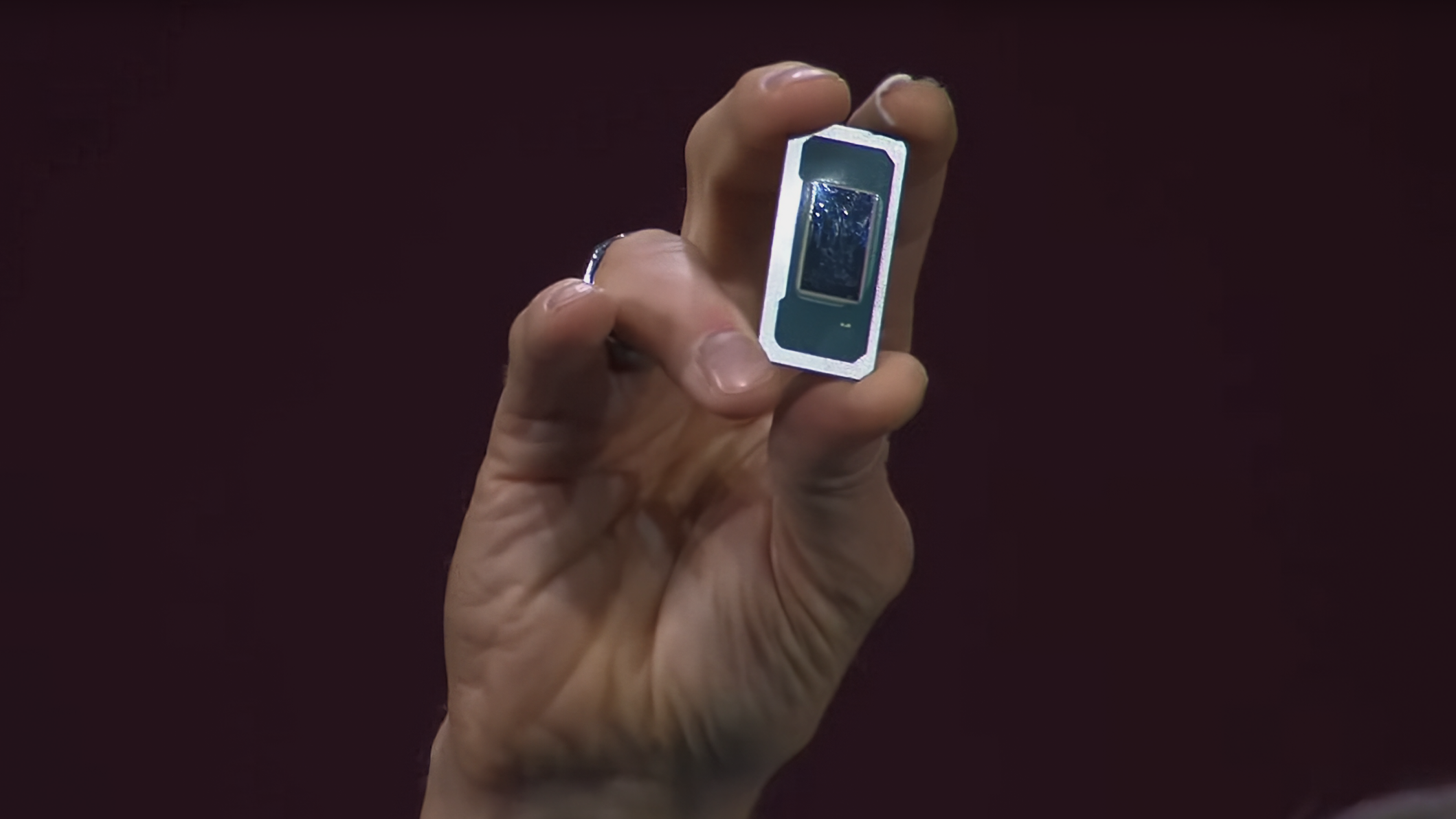Intel Cougar Cove (P), Darkmont (E) core architectures revealed in Panther Lake perfmon commit
Intel is likely finalizing software support for Panther Lake.

An update by Intel to the perfmon platform has added support for upcoming Panther Lake CPUs, listing their core architecture codenames and CPUID, via InstLatX64. This commit unofficially confirms that Panther Lake will employ Cougar Cove Performance (P) cores, while Darkmont will serve to power its Efficiency (E), and likely Low Power Efficiency (LPE) cores as well. Panther Lake is expected to launch later this year, succeeding current-generation Arrow Lake U/H offerings.
With Intel's flagship 18A in risk production, Panther Lake is scheduled for mass production later this year. Hence, it wouldn't be surprising if the bulk of Panther Lake arrives in Q1 next year, similar to how Meteor Lake rolled out. Make no mistake: Panther Lake isn't a successor to Lunar Lake, which was uniquely focused on efficiency as a one-off product, with on-package memory, limited TDP, and a power-optimized design. Current rumors indicate Panther Lake variants will sport up to 18 hybrid cores (6P+8E+4LPE) and 12 Xe cores, based on Intel's upcoming Celestial (Xe3) graphics architecture.
Intel positions Panther Lake as combining Arrow Lake's power and Lunar Lake's efficiency, but that's still a somewhat general claim. According to leaks, most Panther Lake systems will include traditional SODIMM/soldered memory, while some laptop designs might even support next-gen LPCAMM, combining fast and upgradeable RAM. Based on their TDP (rumored: up to 64W), Panther Lake chips are expected to power a wide range of devices, including entry-level laptops, handhelds, and gaming laptops. The company is even eying bringing this architecture to automobiles.
An Intel engineer has pushed an update to the lookup table for perfmon, adding Panther Lake as a supported architecture. Panther Lake has been marked with the "GenuineIntel-6-CC" identifier, assigning it to CPU Family 6, Model 204 (0xCC). In addition, the patch reports the Cougar Cove and Darkmont architectures for Panther Lake's Performance (P) and Efficiency (E) cores, respectively.
#Intel perfmon: #PTL=CougarCove+DarkmontCPUID.1Ah.EAX =20000000 #Tremont20000001 #Gracemont20000002 #Crestmont20000003 #Skymont20000004 #Darkmont40000000 #SunnyCove40000001 #GoldenCove40000002 #RedwoodCove40000003 #LionCove40000004 #CougarCovehttps://t.co/adntAfZRm5 https://t.co/1in8Rvleue pic.twitter.com/bWZyYtZcViApril 27, 2025
Intel's speculated P-core evolution goes from Lion Cove (ARL/LNL) to Cougar Cove (PTL/WCL), and then Coyote Cove (NVL). Likewise, the rumored E-core path is Skymont (ARL/LNL) to Darkmont (PTL/WCL) and Arctic Wolf (NVL). Once again, these are based on preliminary assumptions and a compilation of several leaks, so take them with a heavy dose of skepticism.
Essentially, we're seeing a full architectural jump and shift to a leading-edge node, which should yield substantial performance gains. I'm curious to see how much Panther Lake laptops will cost compared to Lunar Lake, which was entirely manufactured by TSMC. With Computex just weeks away, we expect Intel to share finer architectural details at the show.
Follow Tom's Hardware on Google News to get our up-to-date news, analysis, and reviews in your feeds. Make sure to click the Follow button.
Get Tom's Hardware's best news and in-depth reviews, straight to your inbox.

Hassam Nasir is a die-hard hardware enthusiast with years of experience as a tech editor and writer, focusing on detailed CPU comparisons and general hardware news. When he’s not working, you’ll find him bending tubes for his ever-evolving custom water-loop gaming rig or benchmarking the latest CPUs and GPUs just for fun.
-
TheSecondPower Reply
Technically, there are 3 dies in Lunar Lake and one is manufactured by Intel, and the packaging is also done by Intel. But the Intel die is a passive 22nm interposer connecting the TSMC N3 and N6 active dies.Admin said:I'm curious to see how much Panther Lake laptops will cost compared to Lunar Lake, which was entirely manufactured by TSMC. -
usertests Panther Lake is interesting, but I want to see how well the cheap Wildcat Lake can do with the same cores.Reply -
ThisIsMe ReplyTheSecondPower said:Technically, there are 3 dies in Lunar Lake and one is manufactured by Intel, and the packaging is also done by Intel. But the Intel die is a passive 22nm interposer connecting the TSMC N3 and N6 active dies.
Technically, that’s just a rumor based on speculation over some circumstantial evidence. Not saying it isn’t true, but it’s not fact at this point in time so don’t present it as such. It would suck if it’s true though, since the performance wouldn’t be as good. That and it would be weird since it is supposed to have backside power delivery, which n3 doesn’t offer. -
thestryker Reply
Perhaps you're confusing what product they're talking about, but LNL is exactly as they describe. It's two TSMC fabbed tiles on top of an Intel base die packaged entirely by Intel as they also sourced the memory for LNL.ThisIsMe said:Technically, that’s just a rumor based on speculation over some circumstantial evidence. Not saying it isn’t true, but it’s not fact at this point in time so don’t present it as such. It would suck if it’s true though, since the performance wouldn’t be as good. That and it would be weird since it is supposed to have backside power delivery, which n3 doesn’t offer. -
thestryker Given that prior PTL leaks indicated Skymont E-cores I think the Darkmont confirmation is the interesting thing here. I'm really curious what client performance for Darkmont will look like since Skymont was already a big leap.Reply -
Mr Majestyk Reply
Lunar Lake does not have BSPD and was never intended to.ThisIsMe said:Technically, that’s just a rumor based on speculation over some circumstantial evidence. Not saying it isn’t true, but it’s not fact at this point in time so don’t present it as such. It would suck if it’s true though, since the performance wouldn’t be as good. That and it would be weird since it is supposed to have backside power delivery, which n3 doesn’t offer.